With Shōgun only having a limited run, what other samurai-themed James Clavell novel could be its sequel?
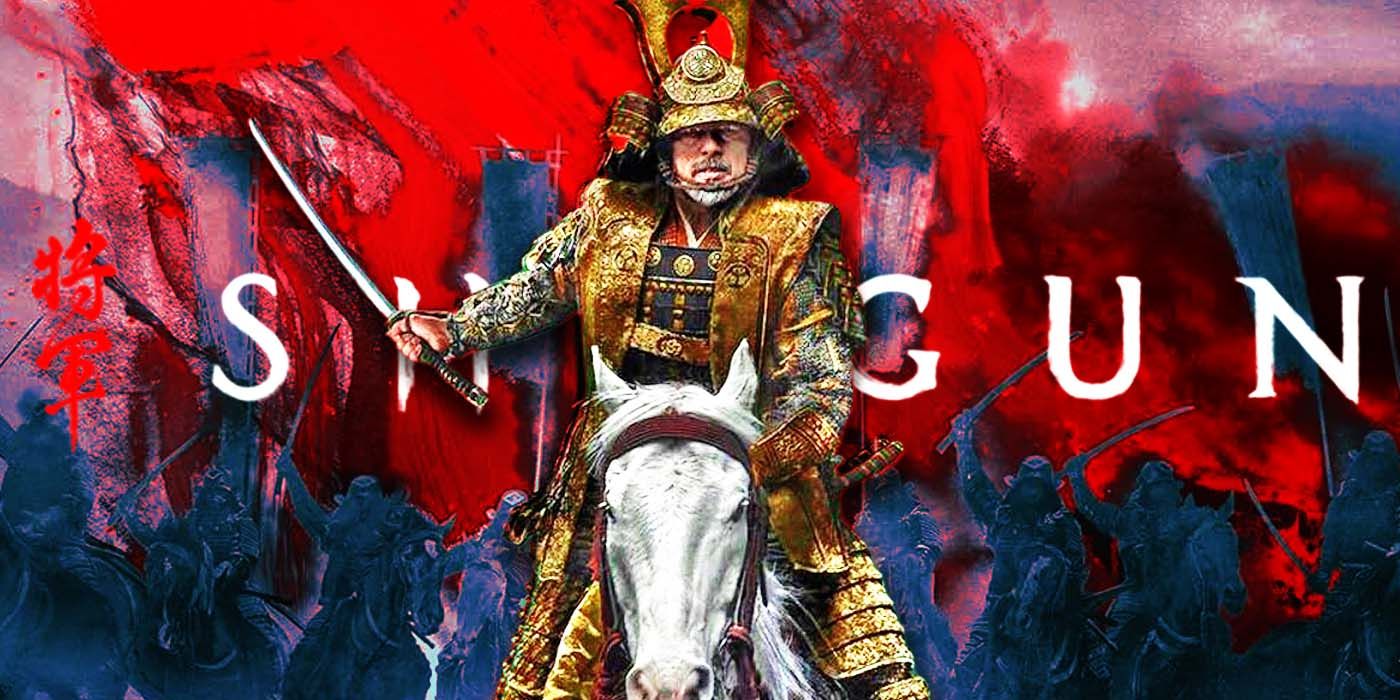
Shōgun has enchanted TV with the immersive and intense drama of 1600s Japan. The show is based on James Clavell’s novel, Shōgun, a standalone story that is part of a series of books known as the Asian Saga. With Shōgun‘s showrunners emphasizing the story and cultural accuracy, they have said they will not be extending the series past the plot of the book, and it will remain a limited series. That being said, the showrunners have boasted about the incredible, nearly 1000-page document they compiled to articulate the culture and history of feudal Japan to make the show, saying that they’d happily let anyone else borrow it if they wish to make a culturally accurate samurai drama. However, they may just have to look in their backyard to line up a spiritual sequel to Shōgun. Although James Clavell’s Asian Saga is not period-locked onto feudal Japan and jumps around Asia telling different stories from other tumultuous periods, he did write one other samurai-themed novel.
Gai-Jin, or “Foreigner” is James Clavell’s only other novel that tells another story in feudal Japan. However, it takes place in a time far surpassing the events of Shōgun. Taking place in the 1860s, over 260 years after the events of Shōgun, Gai-Jin tells the story of a young European merchant who is in Japan under very different circumstances than John Blackthorne, but still historically parallel to the political events happening at the time. This historical fiction, although two and a half centuries ahead of Shōgun, features characters that share bloodlines and legacies with those featured in the show, continuing the legacy of the Samurai characters through another era. When does Gai-Jin take place in the politics of the time? How can it remain connected to Shōgun but still build its own identity as a show? It comes down to a difference in period and the state of affairs at the time.
Shōgun‘s Cultural Worldbuilding Won’t Go To Waste
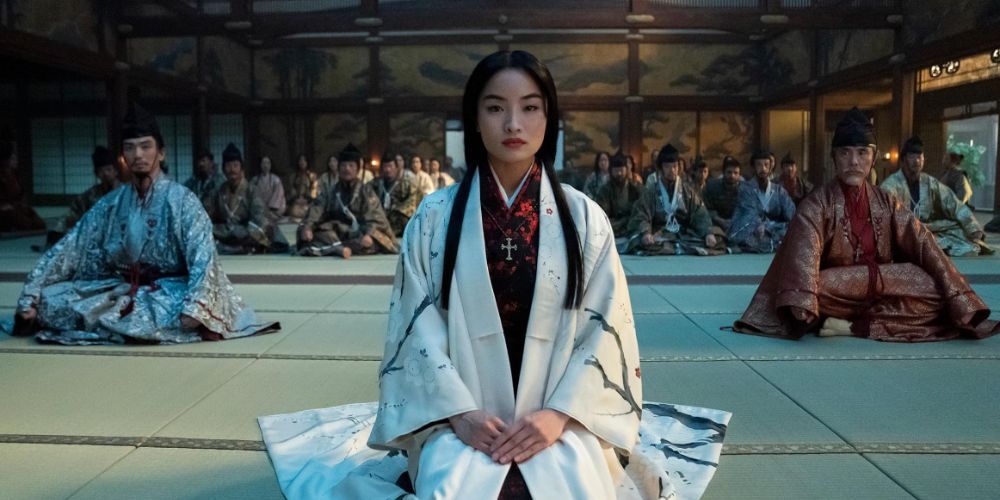
In Shōgun, it became clear that the limited trade relations with the Portuguese were not a key focus of the conflict that the samurai thought was relevant to their in-fighting. Fast-forward to Gai-Jin, and it becomes clear that Mercantile relations have become integral to their stranglehold on political power, but it leaves them desperate to be stalwart in their Identity of being internally ruled and not affected by the power of European commerce. This built a dangerous atmosphere for foreign merchants as xenophobic factions began asserting their powers against the generations of traders and diplomats living in Japan, and the communities they had built there. The background history of Gai-Jin seems to be a sort of posthumous “I-told-you-so” from John Blackthorne in Shōgun since he had constantly been warning Toranaga about ignoring the importance of foreign relations being left unchecked. Although the culture, religion, and political stances of the key players would have changed significantly over those centuries, it’s clear that the Shōgun world bible could easily be tweaked to update and adapt the world for Gai-Jin‘s period.
Shōgun‘s Sequel Would Introduce New Historical Intrigues
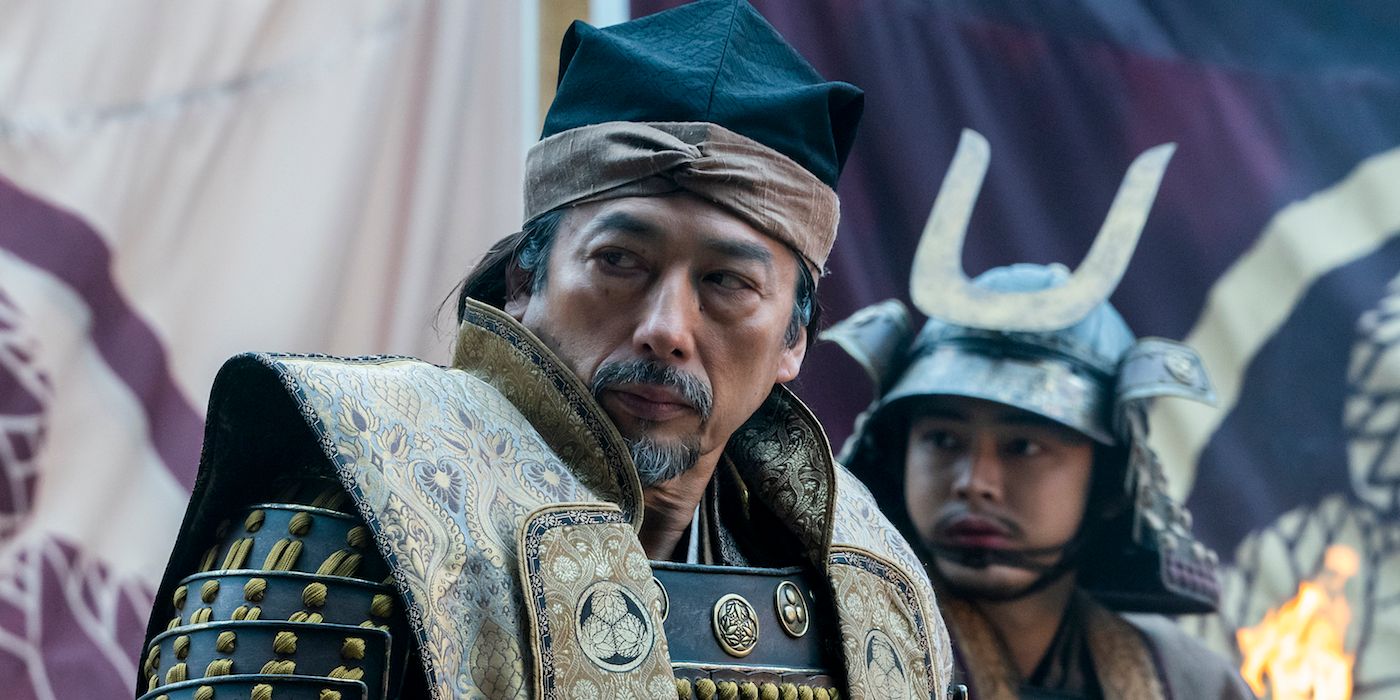
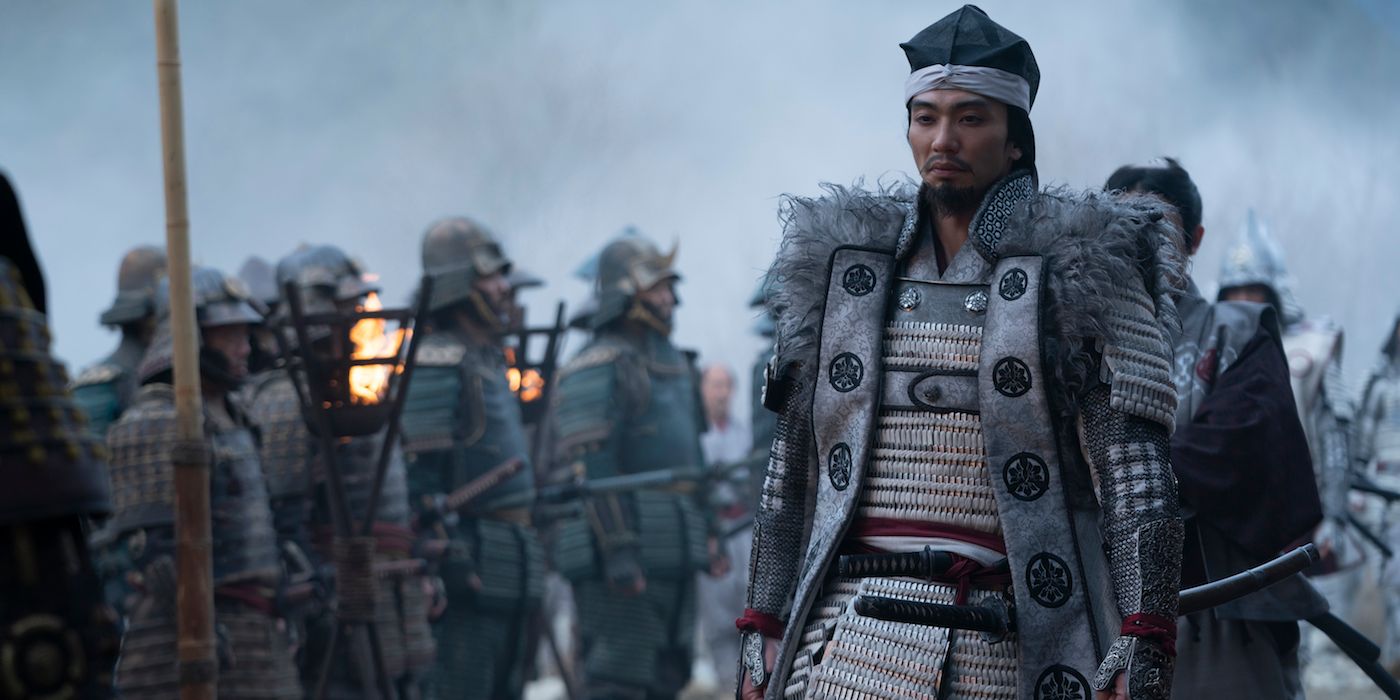
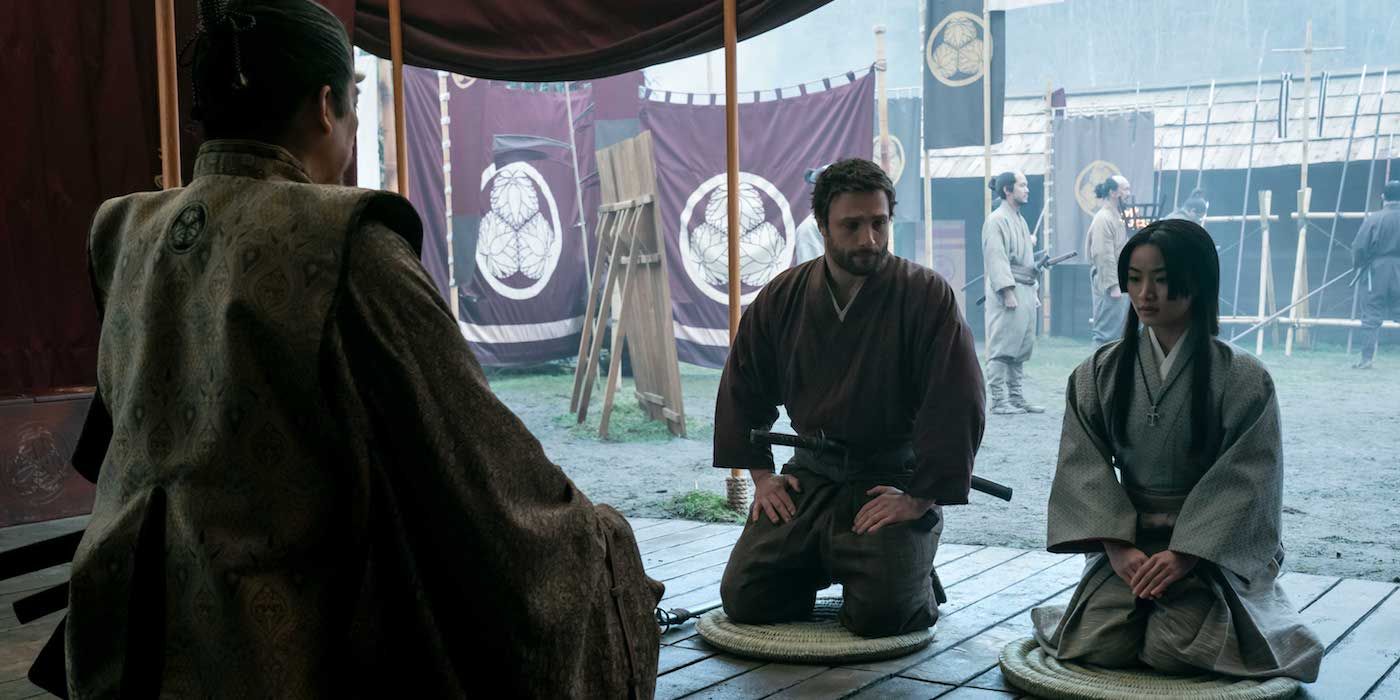
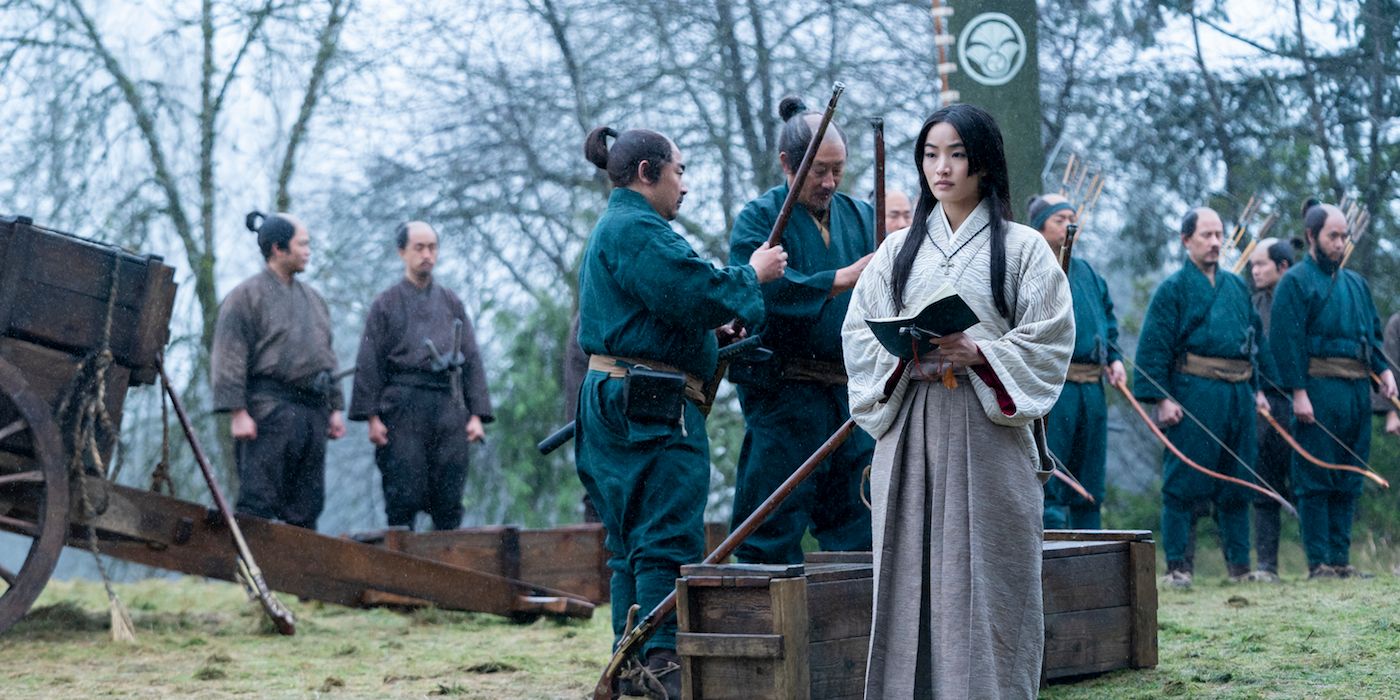
James Clavell’s Gai-Jin is set around a fictionalized version of what is known as The Namamugi Incident of 1862 during the Tokugawa shogunate. It involved the killing of Charles Richardson, a British Merchant, at the hands of Shimazu Hisamitsu and his retainers. This event inflamed relations with Europe, and Japan’s rulership was accused of violating the extraterritoriality of European merchants. This was the idea of foreign persons for diplomatic or mercantile purposes being given exemptions to local laws. This was especially important since the law at the time largely targeted the ownership of individuals rather than the area in which the law was enforced. Gai-Jin opens with a very similar incident, which leaves Malcolm Struan, a young merchant, severely injured and caught at the apex of a diplomatic catastrophe. Like Shōgun, Gai-Jin has many interwoven storylines that twist and turn between the Merchant-foreigners and Yoshi Toranaga, a descendant of Lord Toranaga from Shōgun.
The novel is split between the intrigue of the Mercantile couple of Malcolm and Angelique and Toranaga and his intrigue as part of the current Council of Elders. Whilst intolerant samurai factions are hell-bent on suppressing the rights of Europeans who have settled in Japan for trade, Toranaga evades assassins around every corner as he tries to maneuver a mistrusting council into a unified front. Although he was very intolerant of the Europeans as well, he understood their goods and weapons were essential to maintain power. Full of seedy spies, rogues, and assassins infecting every storyline in a web of intrigue, Gai-Jin showed the long-term aftermath of Europe’s shadow cast over feudal Japan.
The Toranaga Legacy Continues in Gai-Jin
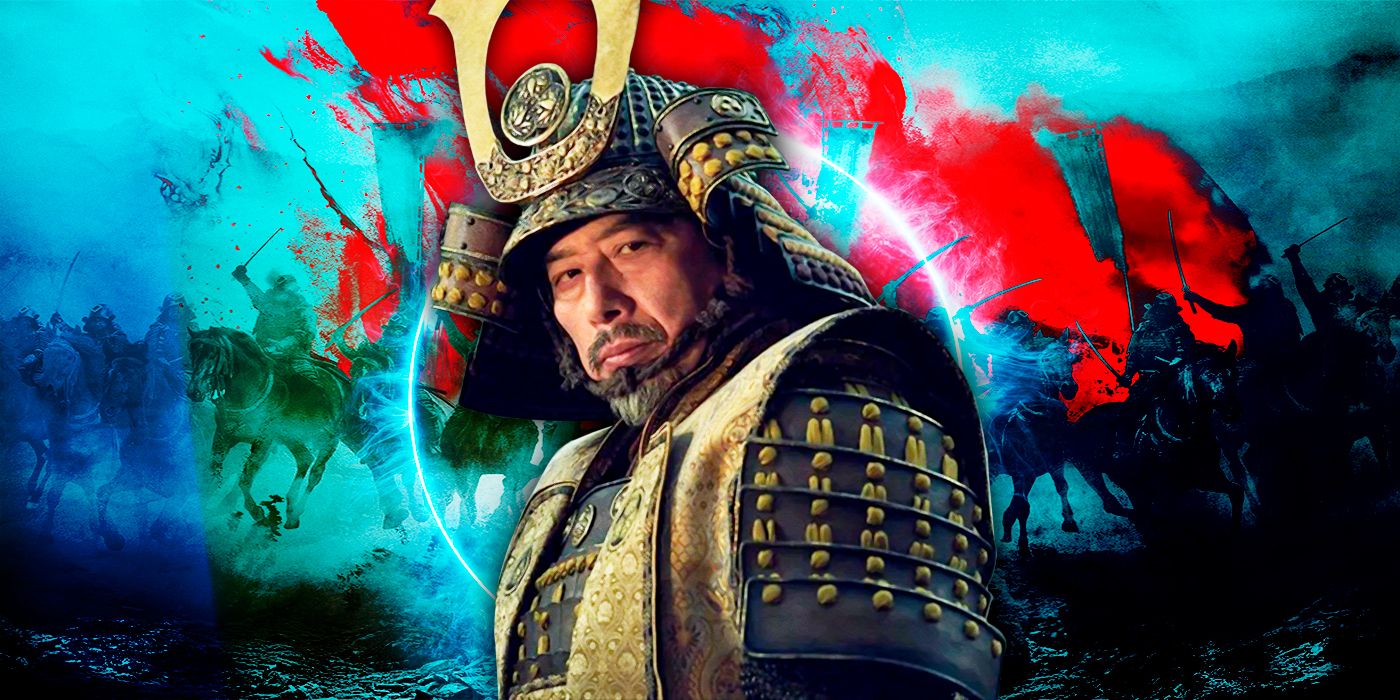
Despite the novel Gai-Jin being set so far ahead of Shōgun, the Toranaga clan still lives on 262 years later, with Yoshi Toranaga maintaining a position on the Elder Council. Even though he is from that noble line, it is clear that Yoshi is a very different man from Shōgun‘s Lord Toranaga. Yoshi is much more distrusting of the Europeans but still maintains a familiar wisdom that even they serve a role in the shifting politics which also carved Japan’s future. This difference in character could be an interesting shift to see since Malcolm’s story rests a lot more on his injuries from the incident as well as trying to settle and marry in an all-too-tumultuous time.
In 1981 James Clavell mentioned his desire to write a book that would be the sequel to Shōgun, but he ended up writing his other novel Whirlwind instead. James Clavell intended Gai-Jin to be another window into teaching and educating Westerners on how Japan and Europe’s early relations would feel in the form of a dramatic retelling. The topics of politics, food, sex, and commerce are all woven in and Clavell did everything he could to involve it in his stories. With the help of the showrunners of Shōgun, there’s no doubt that Gai-Jin would make a brilliant sequel to this already-acclaimed adaptation.





